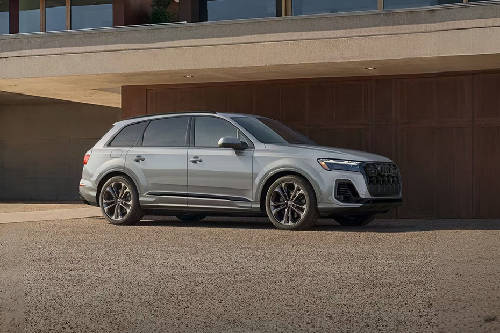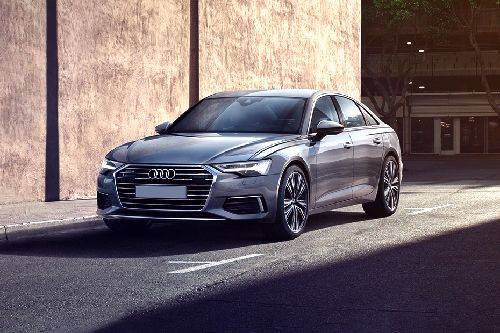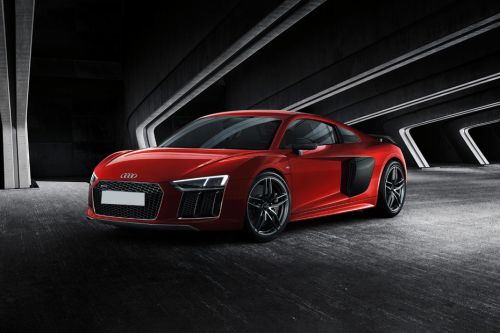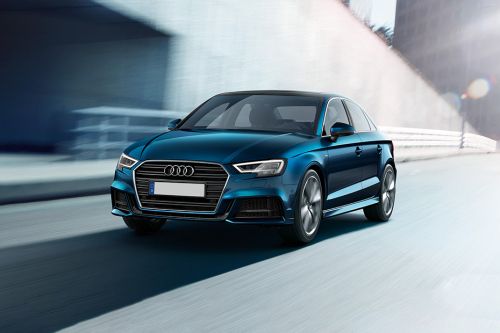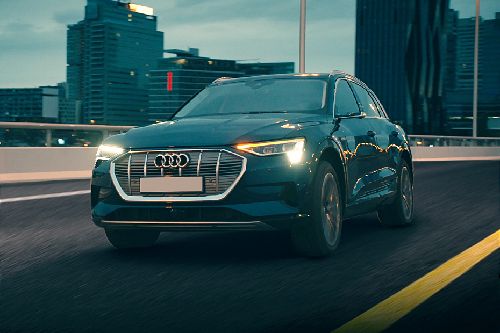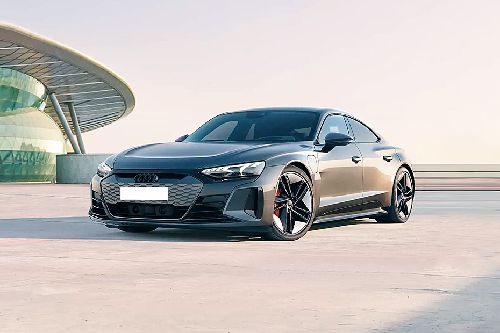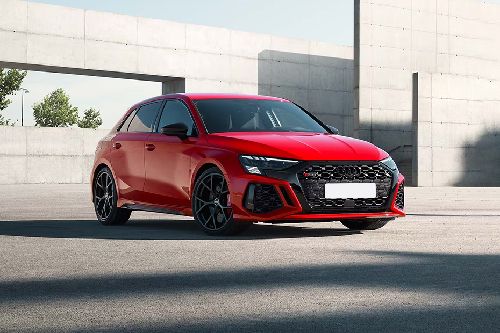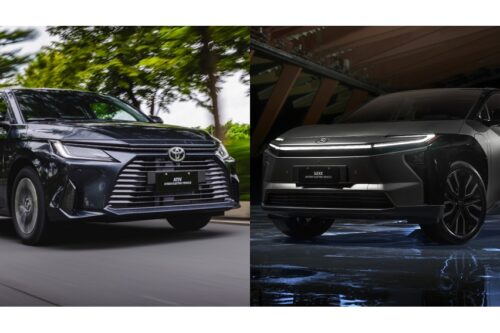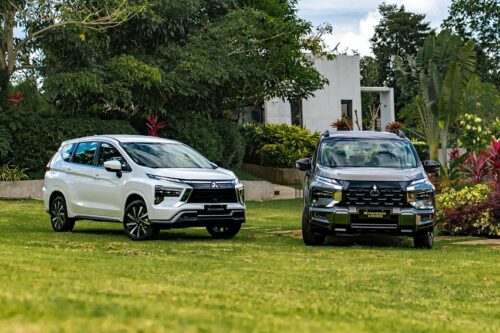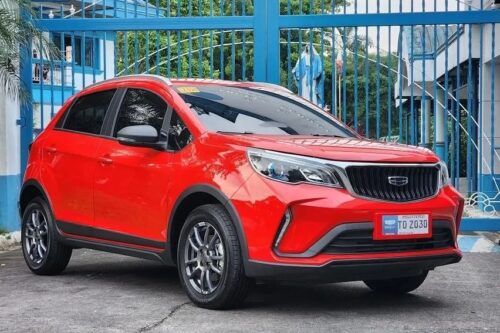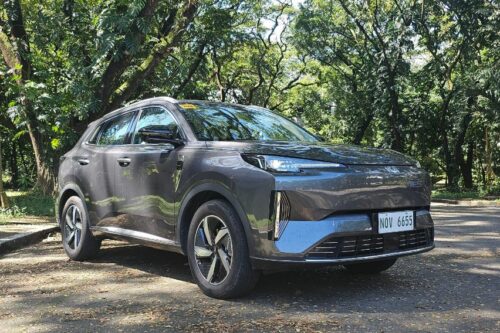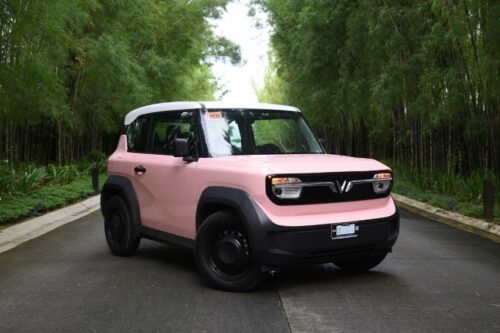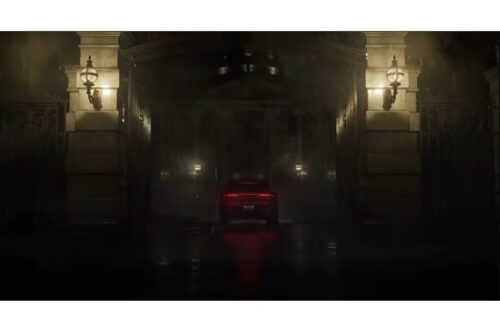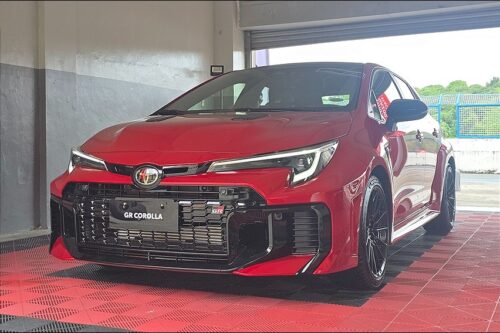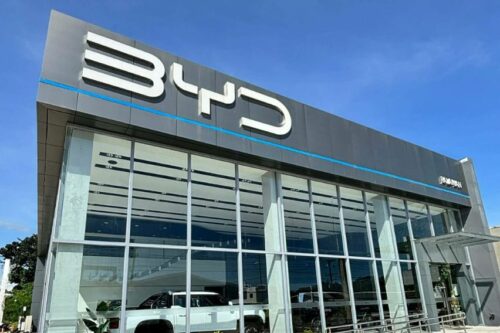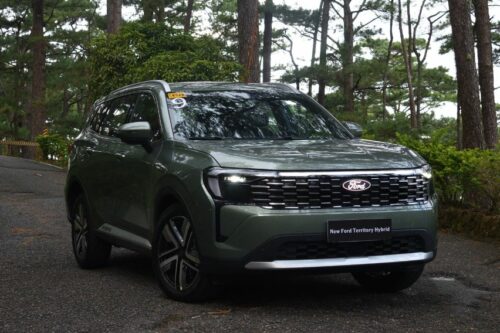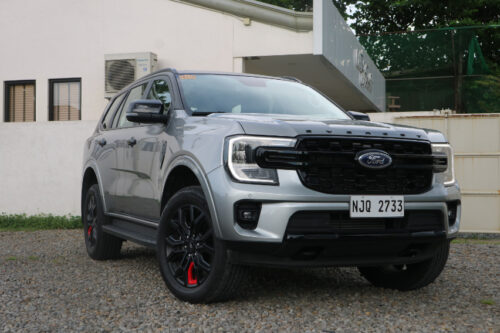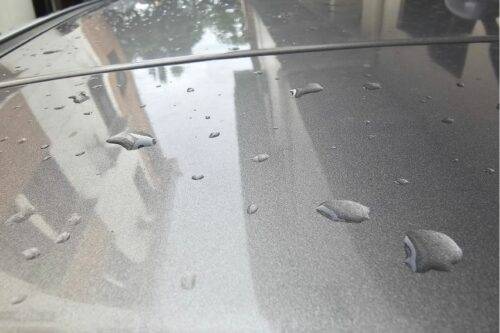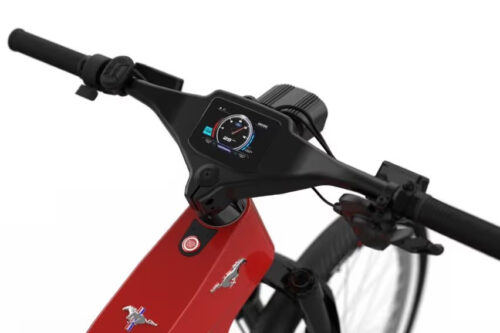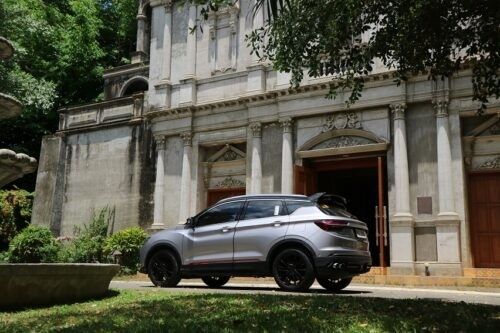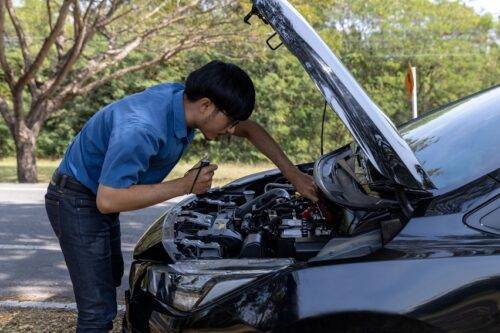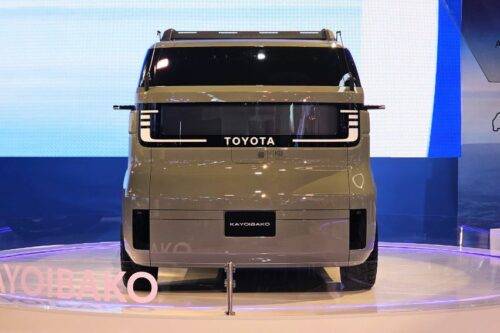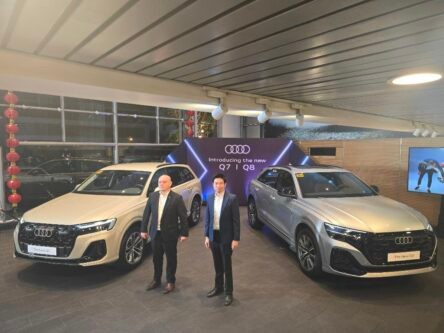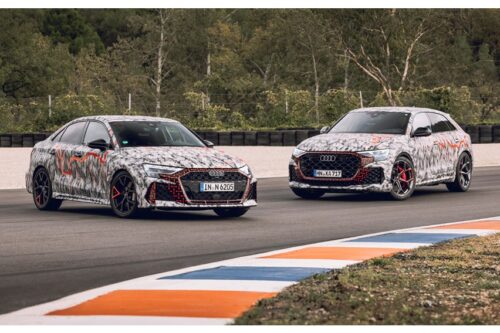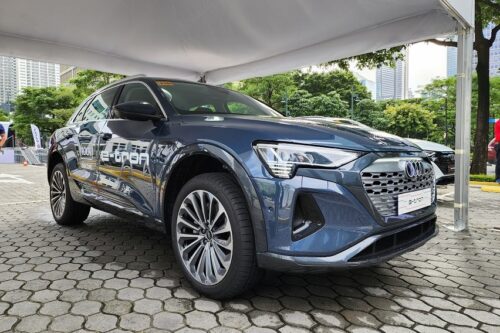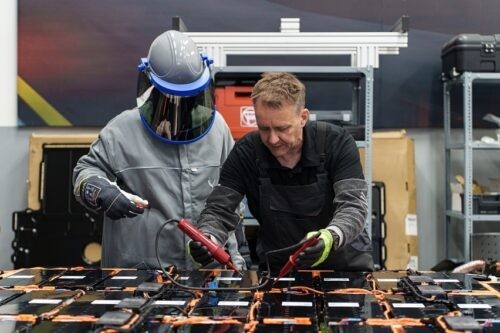Audi to recycle car glass into new windows for Q4 e-tron
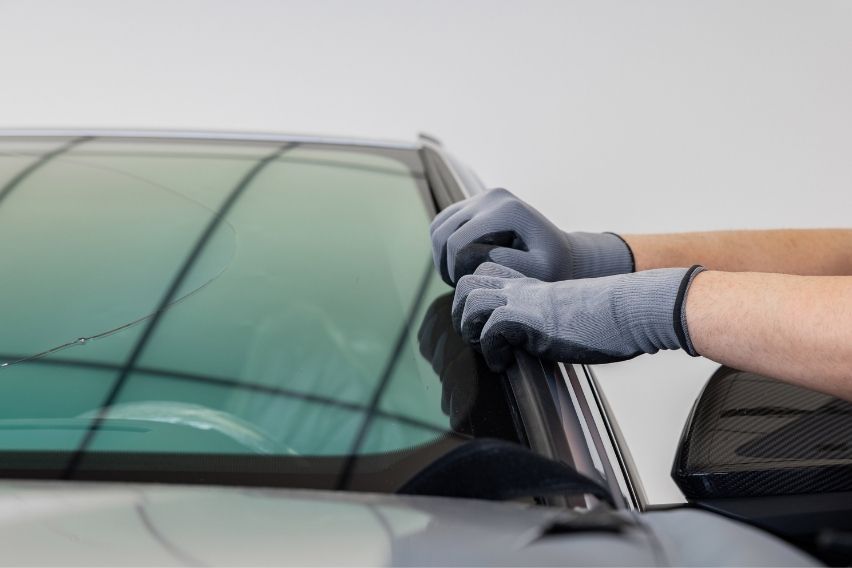
MANILA: When the cracked portion of a car window cannot be repaired, it is frequently recycled. There is currently no existing closed material circuit for damaged car glass.
KEY TAKEAWAYS
How much recycled car glass does Audi target to use for the pilot project?
The pilot project aims to use around 40 tons of recycled car glass.What are the benefits of the recycling project?
Recycling broken glass saves energy and raw materials in the long run, reducing the demand for primary materials such as quartz sand. Furthermore, recycling produces up to 30% less carbon dioxide when compared to production of new glass.Audi and its partners Reiling Glas Recycling, Saint-Gobain Glass, and Saint-Gobain Sekurit are now working on a collaborative pilot project in this area. The partner firms seek to transform broken car glass into recyclable material for model production, and have devised a multi-stage procedure to accomplish it.
The car windows are first smashed into small pieces using an innovative recycling technique. The non-glass contaminants, such as glue residue, are then removed. The glass granulate is then melted down and transformed into new plate glass. After that, the plate glass is transformed into a new car window. If the pilot proves to be a success, the windows created in this manner will be used in future Audi Q4 e-tron models.
With this pilot project, Audi and its partners are tackling the issue of creating a closed material cycle for car glass. Audi's circular economy strategy includes this plan. The company assesses its products over their whole life cycle. When raw materials are no longer needed, they should be reintroduced into the manufacturing process to the fullest extent possible. As a result, resources can be saved in development and manufacturing, and environmental impacts can be decreased across the whole value chain. Since 2017, aluminum leftovers from Audi's press shop have been used in a similar closed circuit.
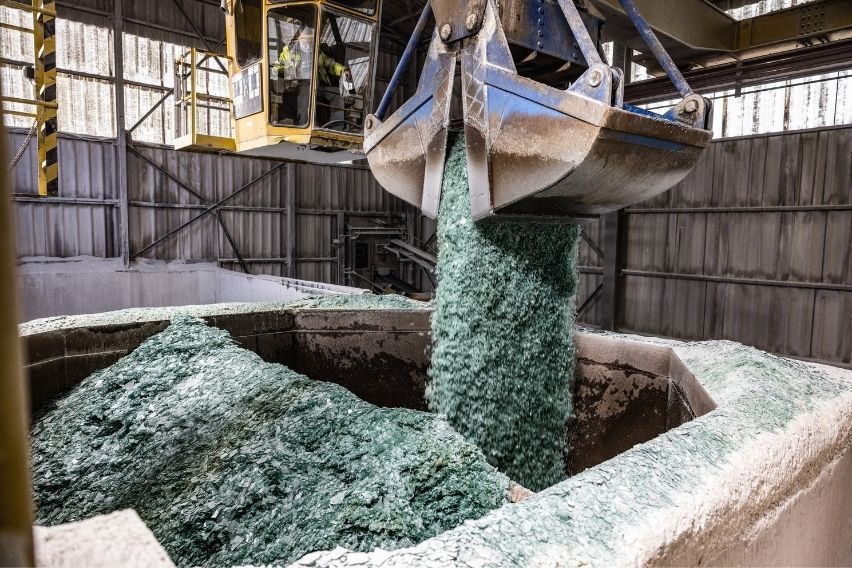
“Our goal is to use secondary materials everywhere it is technically possible and economically reasonable to do so. We’re working on introducing materials we have direct access to into closed circuits. As of now, for example, old car glazing is not being used to produce new car windows. We want to change that,” Audi Procurement Strategy Head Marco Philippi stated.
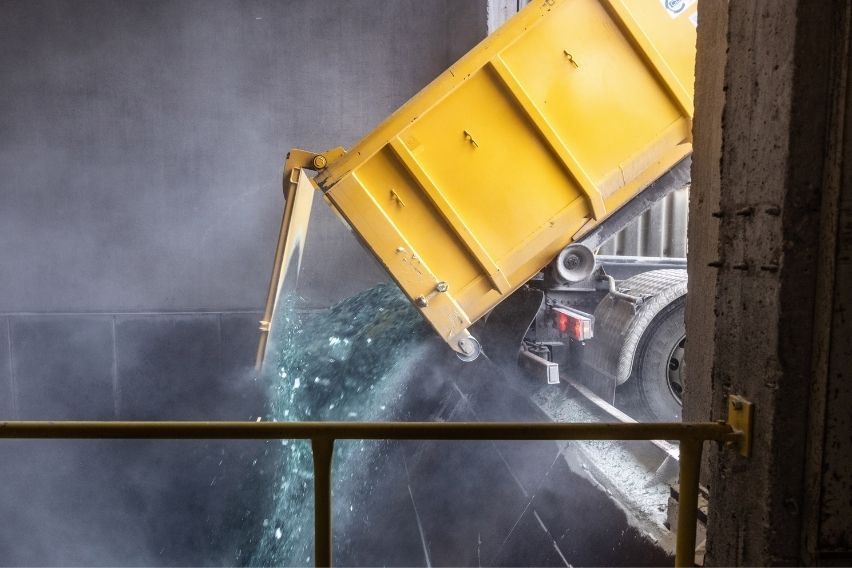
Recycling broken glass saves energy and raw materials in the long run, reducing the demand for primary materials such as quartz sand. To create new material circuits and make the value chain more sustainable, the company is relying on its partnership with supplier companies. There is enough potential in it. For example, a major fraction of discarded car windows or panoramic sunroofs is currently used and transformed into beverage bottles or insulating materials. There will be numerous advantages if this idea succeeds in converting damaged car windows into new window panes: the quality of high-grade car glass will be preserved. There will also be a beneficial effect on carbon emissions. When compared to the production of new glass, recycling produces up to 30% less carbon dioxide.
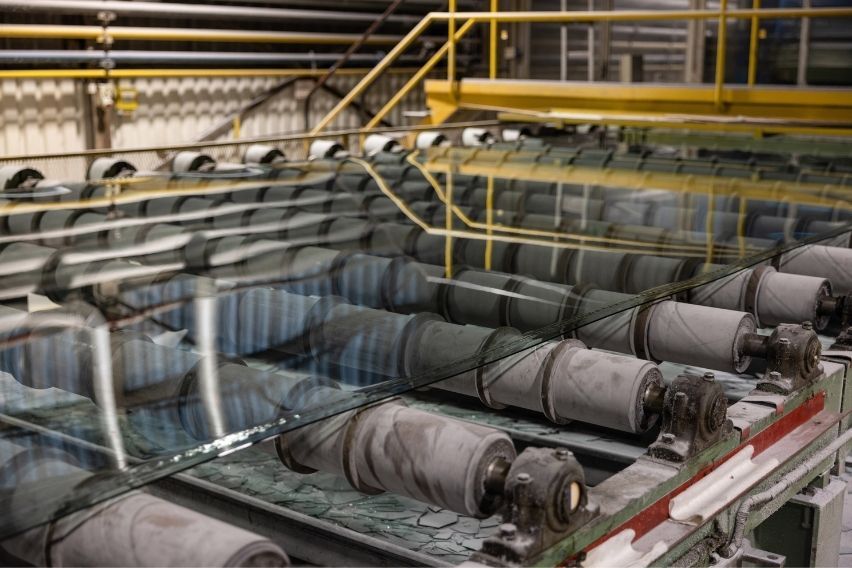
The glass recycling pilot project begins with a select Volkswagen Group dealerships. Customers who have a broken window in their car can book appointments there. The retail partner examines the window to determine if it can be fixed. The window is sent to Volkswagen's Original Teile Logistik GmbH & Co. KG. The Volkswagen subsidiary manages the disposal of outdated parts from Volkswagen AG workshops. Car window panes are removed from the recycling process by service partners.
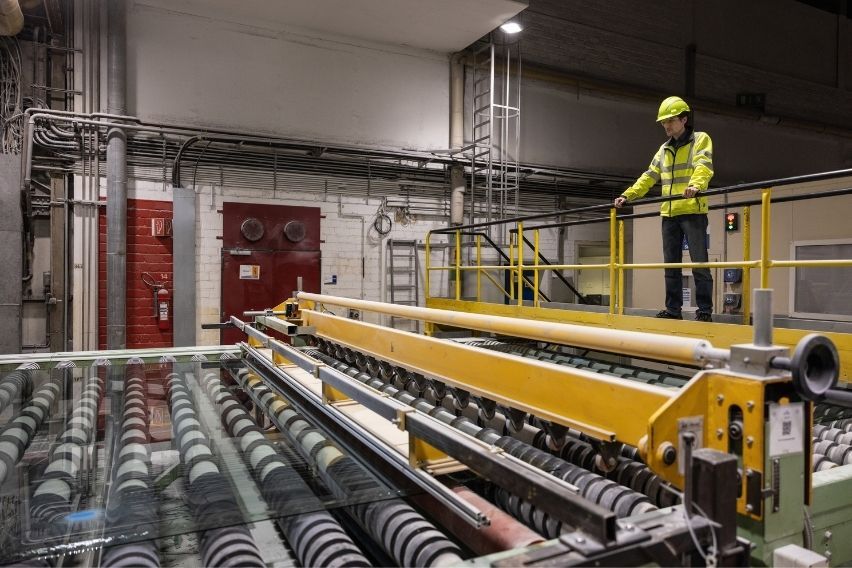
Damaged window panes are then transferred to Reiling Glas Recycling for recycling. They are crushed up into small pieces and processed. Reiling is the first company to reintroduce old car glazing into plate glass production.
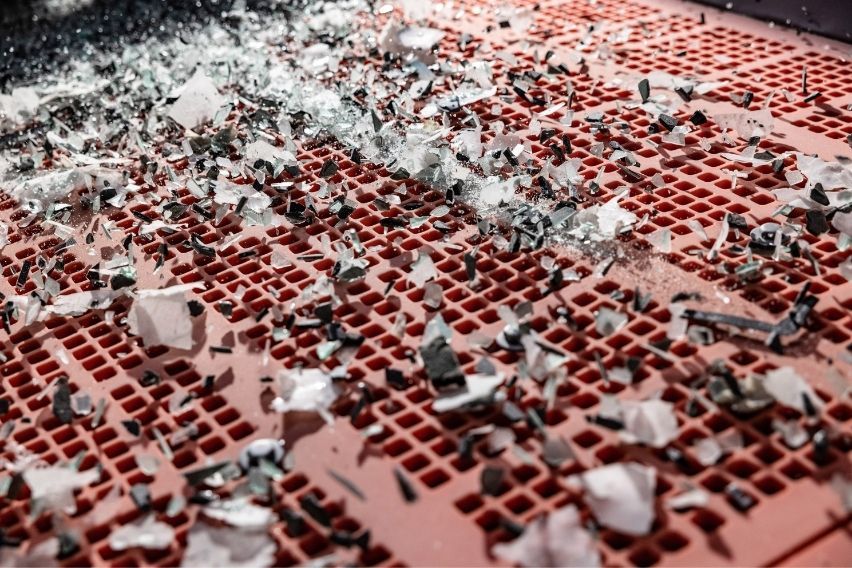
“Until now, the recycled material has mostly been turned into beverage bottles. Car glass has to meet the most stringent requirements, for example with respect to crash safety. Those demands don’t apply to bottles,” Reiling Glas Recycling Plant Manager Daniel Rottwinkel said.
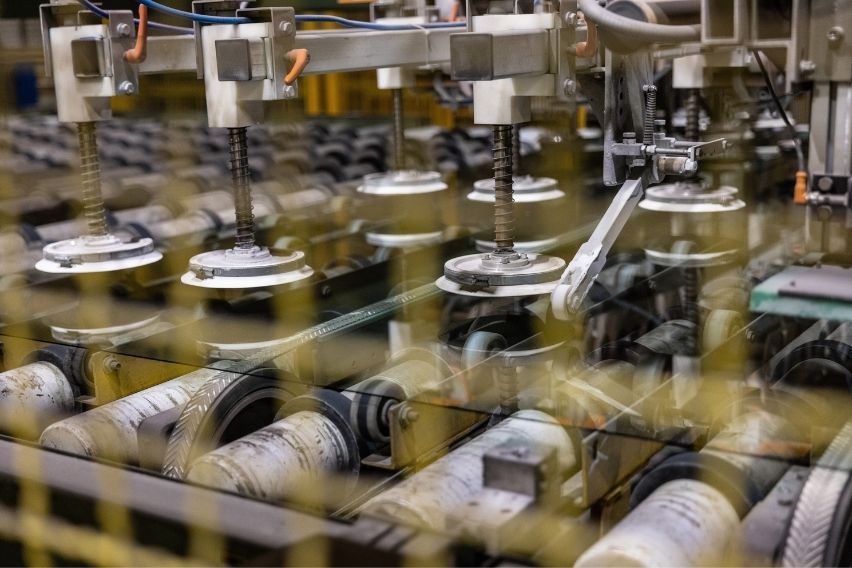
Previously, post-consumer glass from vehicles was not used in plate glass production, but rather for other purposes with less stringent requirements. The joint initiative starts here: the partner companies want to recycle the damaged glass and restore it to its original state.
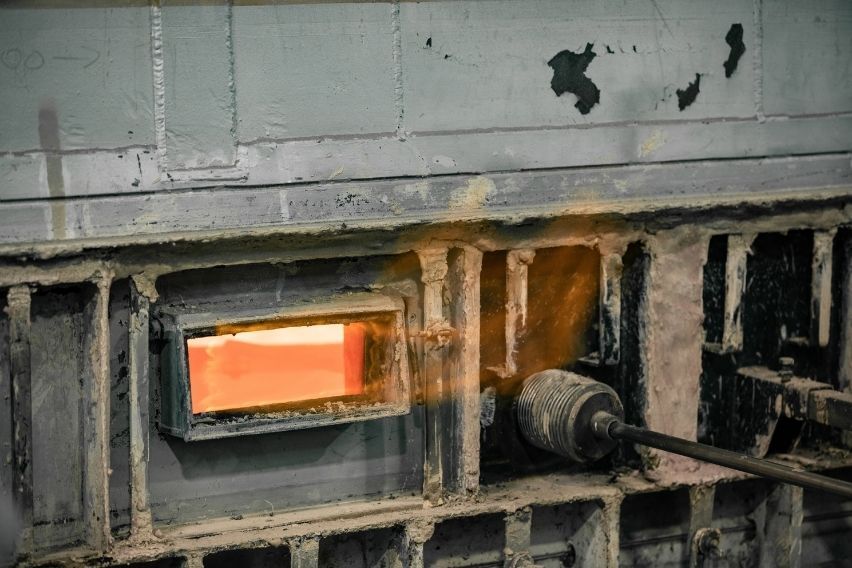
Reiling Glas Recycling utilizes contemporary, powerful machinery to generate high-quality recyclable material from this used laminated glass. Non-glass materials such as PVB (polyvinyl butyral) plastic layers in glass, window edgings, metals, and wires such as heating filament and antenna cables are sorted out by the company. Magnets, nonferrous metal separators, extraction devices, and electro-optical sorting machines are used in the elimination process. PVB layers of this type are expected to be used in vehicle circuits in the future.

After the glass recyclate has been treated and all possible waste materials have been extracted, Saint-Gobain Glass in Herzogenrath, Germany converts it into plate glass. To do so, the glass granulate is first separated by kind for clear source and color verification, and then kept in bins. To make new foundation glass, the finest, most identical glass recyclate is required. Saint-Gobain Glass then combines the recyclate with glass-making ingredients such as quartz sand, sodium carbonate, and chalk. Currently, the percentage of recyclate to other materials is between 30% and 50%.
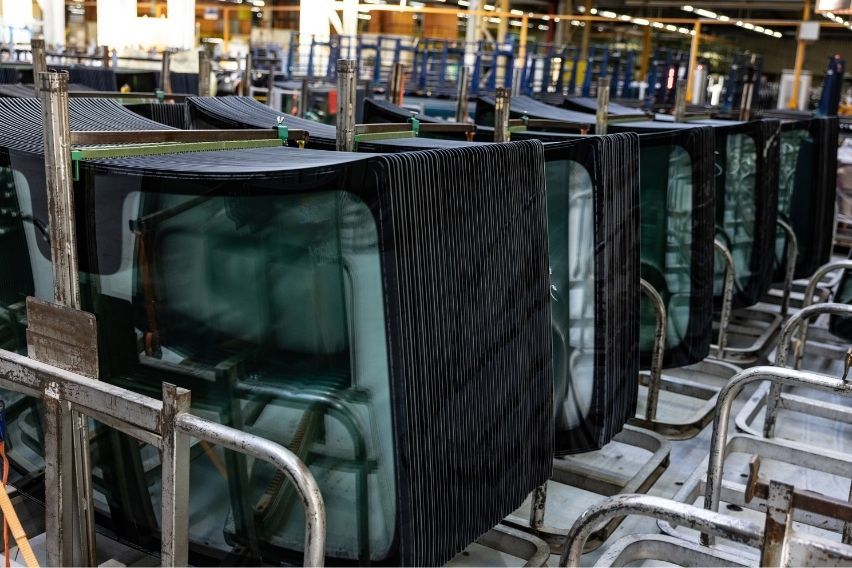
The pilot project with Audi aims to use around 40 tons of recycled car glass. “For us, this cycle of making new car windows out of old ones is an important step toward producing automotive glass in a way that conserves resources and energy. We’re just starting to look at glass as a recyclate, so we anticipate that there will be more potential for improvement,” Saint-Gobain Herzogenrath Production Manager Dr. Markus Obdenbusch.
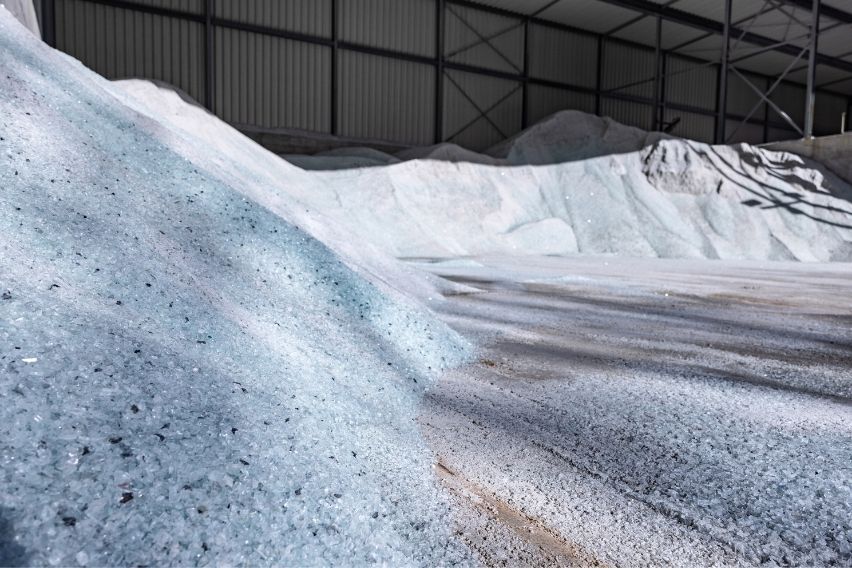
The plate glass is initially cut into rectangles measuring approximately 3 x 6 meters. After that, Saint-Gobain Sekurit conducts an additional procedure to make automotive glass.
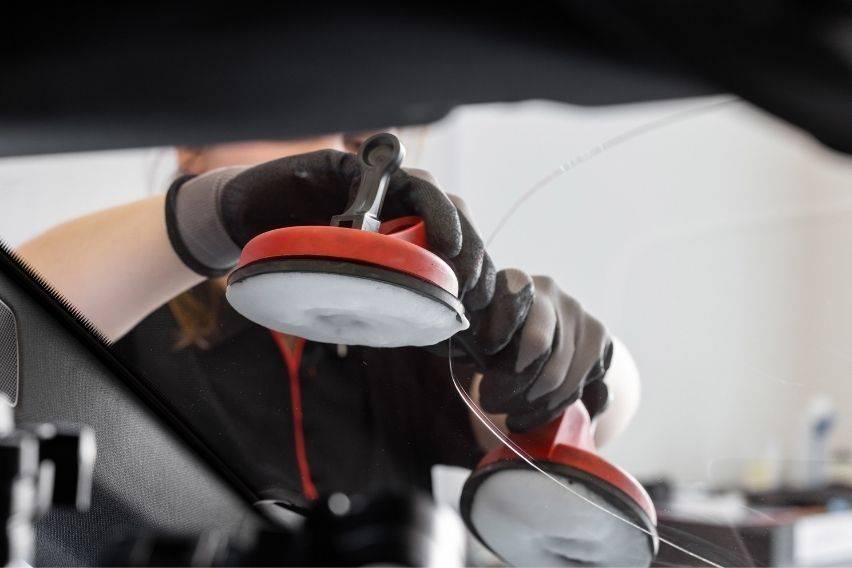
In addition to the pilot project with Audi, Saint-Gobain Glass wants to produce up to 30,000 tons of shards in Herzogenrath over the next three years, saving a significant amount of energy and natural resources while also lowering carbon emissions and water use. This means that on an average day's tonnage, the enterprise will release up to 75 tons less CO2.
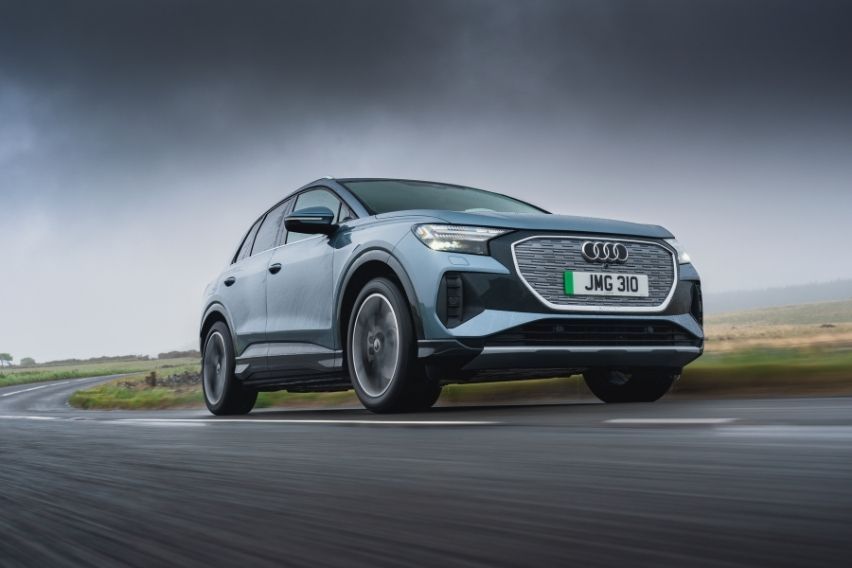
The three companies have agreed to put the procedure to a test for a year to learn more about material quality, stability, and cost. Car windows built from secondary materials will be used in the Audi Q4 e-tron series if glass can be recycled in a cost-effective and environmentally responsible manner.
Photos from Audi
Also read: Audi 'urbansphere' concept promises to be a lounge on wheels
Sell your car at the best price
 Verified and genuine buyers
Verified and genuine buyers
Audi Car Models
Trending & Fresh Updates
- Latest
- Popular
You might also be interested in
- News
- Featured Stories
Audi Featured Cars
- Latest
- Popular
Latest Audi Car Videos on Zigwheels

Audi Car Articles From Carmudi
- journal


